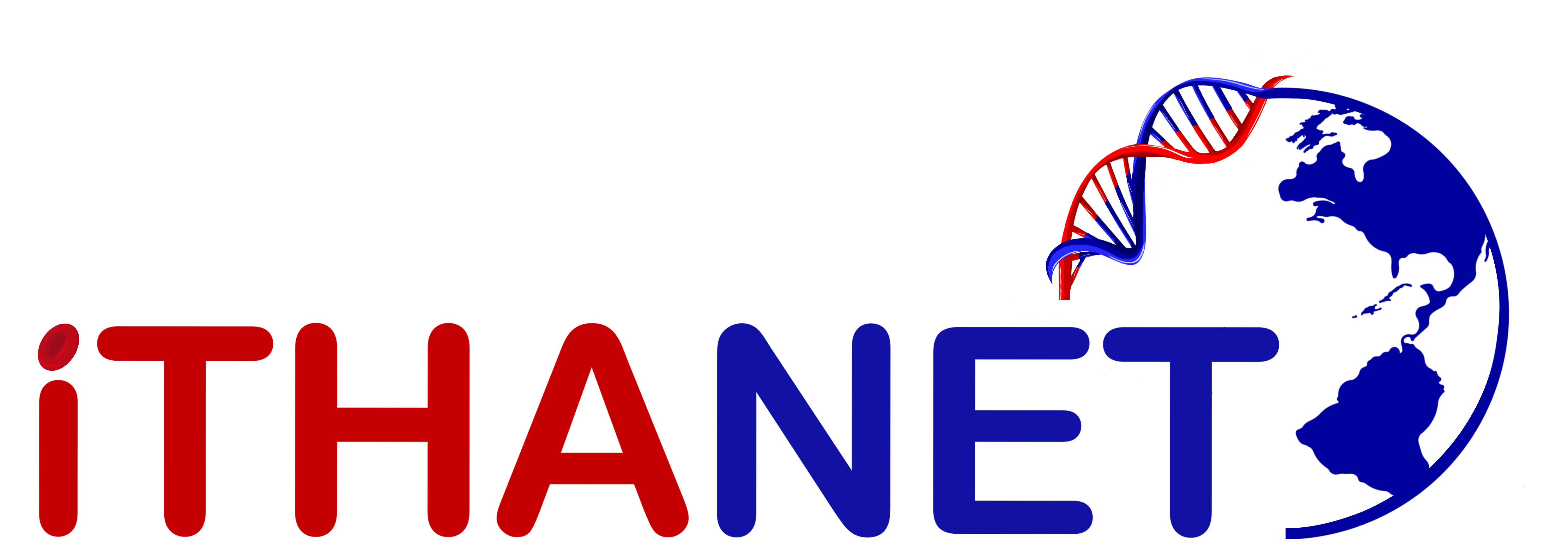GeneID: 188
Names
| Common Name: | SESN1 | Type: | Gene |
|---|---|---|---|
| Chromosome: | 6 (NC_000006.12) | Locus: | NG_029518.1 (SESN1) |
| HUGO Symbol: | SESN1 | Full Name: | sestrin 1 |
| Exons: | 10 | Introns: | 9 |
Description:
This gene encodes the protein sestrin 1, member of a family of stress-inducible proteins. Sestrins function as antioxidants and as inhibitors of mechanistic target of rapamycing complex 1 (mTORC1). They protect cells from oxidative stress by controlling the activity of peroxiredoxins. Sestrins bind to the heterodimeric RagA/B-RagC/D GTPases and function as guanine nucleotide dissociation inhibitors (GDIs) for RagA/B, thereby blocking mTORC1 activation. Sestrin-induced activation of AMP-activated protein kinase (AMPK) and tuberous sclerosis complex contributes to inhibition of mTORC1 signalling. Since mTROC1 functions as a nutrient/energy/redox sensor controlling protein synthesis, sestrins are involved in diverse biological processes. SENS1 is induced upon DNA damage in response to activation of p53 (tumor suppressor gene). SENS1 exists as three isoforms transcribed from three promoters using an alternative first exon (exon 1, 2 or 3). All three transcripts share the same C-terminal part encoded by exons 4-10. Transcript 1 is constantly expressed regardless of p53 status, while transcripts 2 and 3 are induced by p53. Mutations in this gene associated with HbF response to hydroxyurea in patients with sickle cell disease, while the cellular mechanism involved is currently unknown.
Synonyms: PA26 , SEST1
Comments:
N/A
Number of entries/variants: 1
Sequence Viewer
Publications / Origin
- Lee JH, Bodmer R, Bier E, Karin M, Sestrins at the crossroad between stress and aging., Aging (Albany NY) , 2(6), 369-74, 2010 PubMed
- Sheehan VA, Crosby JR, Sabo A, Mortier NA, Howard TA, Muzny DM, Dugan-Perez S, Aygun B, Nottage KA, Boerwinkle E, Gibbs RA, Ware RE, Flanagan JM, Whole exome sequencing identifies novel genes for fetal hemoglobin response to hydroxyurea in children with sickle cell anemia., PLoS ONE , 9(10), e110740, 2014 PubMed
- Peng M, Yin N, Li MO, Sestrins function as guanine nucleotide dissociation inhibitors for Rag GTPases to control mTORC1 signaling., Cell , 159(1), 122-33, 2014 PubMed
- Budanov AV, SESTRINs regulate mTORC1 via RRAGs: The riddle of GATOR., Mol Cell Oncol , 2(3), e997113, 2015 PubMed
